Salento, what to see: 10 places to visit in and around Lecce
Salento is one of Italy’s most beloved destinations for its clear waters, white beaches and intense nightlife. However, Salento is much more than all this; it is an enchanted place where the beauty of nature is also accompanied by the charm of towns and cities. From the sun-scorched countryside to the ancient historic centers with their Baroque facades, from masserias to cathedrals and castles, the Salento is dotted with corners full of charm and history in which it is easy to get lost and let your imagination take you away. Lecce, Otranto, Nardò, Galatina and Ostuni are plenty of must-see places where you can touch all the richness of this generous land and admire what the wisdom and skill of its inhabitants have been able to create over the centuries. Here are 10 must-see stops on your trip to Salento.
1. The Cathedral of Lecce
In the heart of Lecce’s historic center is the beautiful Cathedral of Santa Maria Assunta. This church is definitely the best-known monument in the Salento city. Its construction began in the 12th century, but the cathedral then underwent numerous changes until it got its current appearance, making it one of the most appreciated masterpieces of the so-called Lecce Baroque. The cathedral of Lecce has two main facades, one facing directly onto Piazza del Duomo and the other towards a side entrance although between the two it is definitely at the former that is more immortalized and more scenic. Inside, the cathedral has a Latin cross plan and is divided into three richly decorated naves.
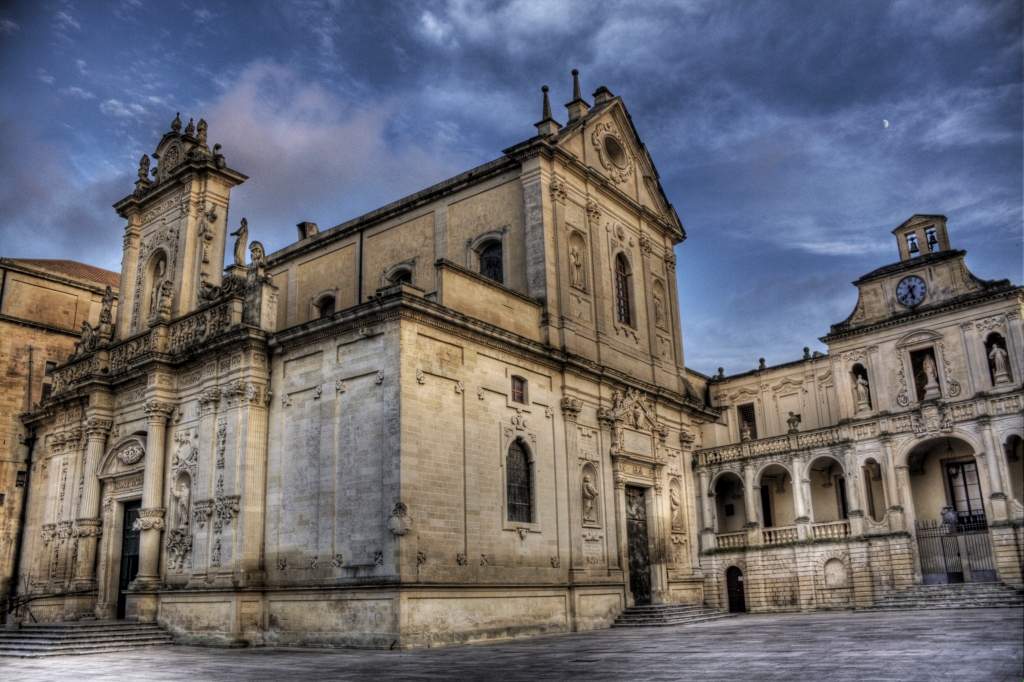
2. The basilica of Santa Croce in Lecce.
Considered, along with the adjoining former Celestine convent, the most shining example of Lecce Baroque, the basilica of Santa Croce is one of the must-sees when discovering Lecce. Construction of the basilica of Santa Croce began in 1549, but work continued for almost a century following all the canons of the city’s new flourishing art, thanks in part to the participation of all the greatest architects of sixteenth- and seventeenth-century Lecce, who created a palimpsest unique in beauty and variety of styles. Many authentic masterpieces can be admired when visiting the basilica including the main portal, the Christological frieze and the cartouche indicating the dedication of the church “to God and the Vessel of the Cross.”
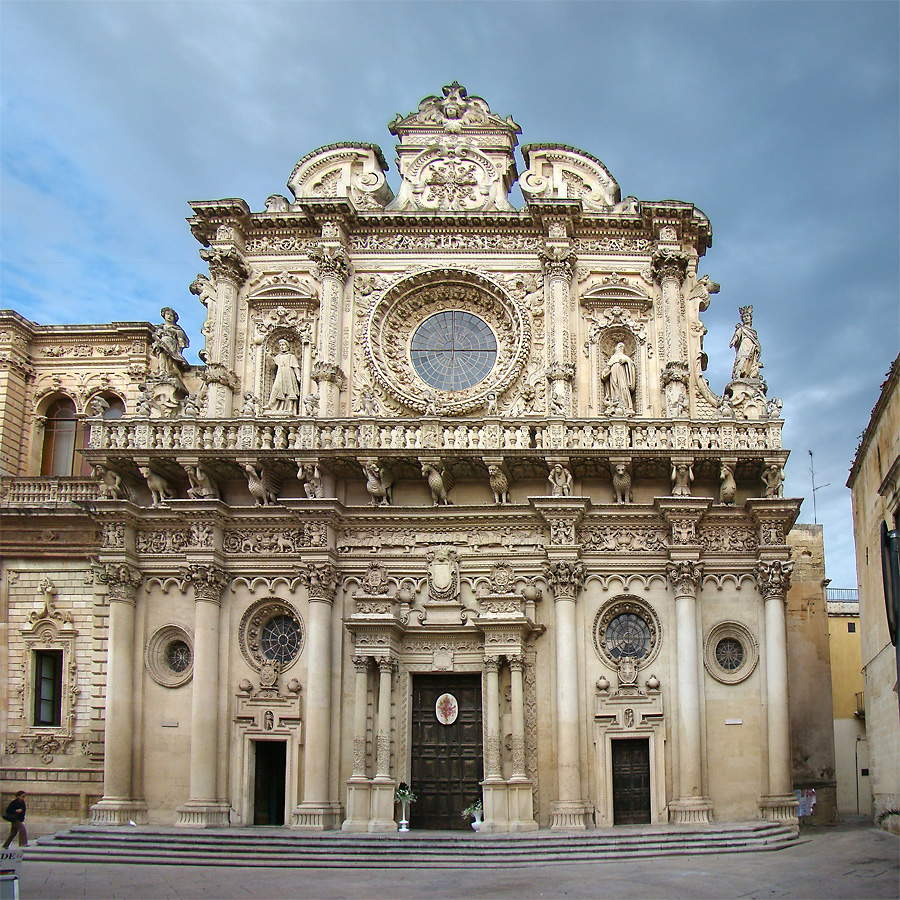
3. The Roman theater in Lecce
Together with the large amphitheater in Piazza Sant’Oronzo, the Roman theater is one of the most important vestiges of the city of Lupiae, ancient Lecce. The Roman theater is traced back to the Augustan period and is located on Via Arte della cartapesta, in the city’s historic center.It has an external diameter of about 40 meters and could seat up to 5,000 spectators. The theater was unearthed during some excavation work in the 1920s, and today many of the artifacts unearthed are housed in the nearby museum. The theater’s fate, as mentioned, was inextricably linked to that of the larger, and more famous, amphitheater. With an elliptical plan, this majestic building is located in the heart of the old city.
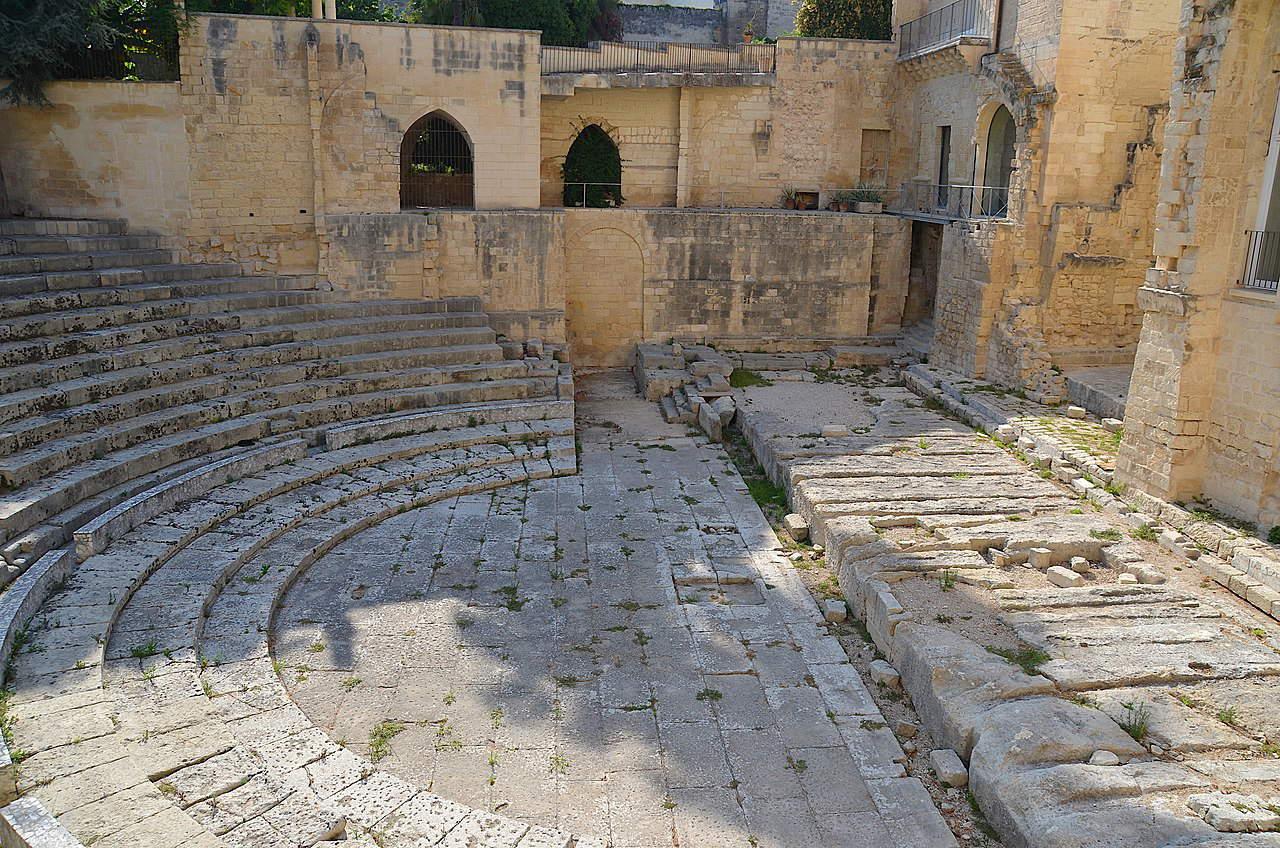
4. The Sigismondo Castromediano Archaeological Museum in Lecce.
This museum bears the name of its founder, Sigismondo Castromediano, a Lecce patriot, archaeologist and man of letters who in 1868 gave birth to what is now the oldest public museum in Apulia with the aim of telling its story from prehistory to Messapian and Roman civilization to 20th-century art through the display of precious artifacts. Strolling through its halls, it is possible not only to delve into the vicissitudes that have affected the Salento, but also to appreciate a rich picture gallery with paintings dating mostly between the 15th and 18th centuries.
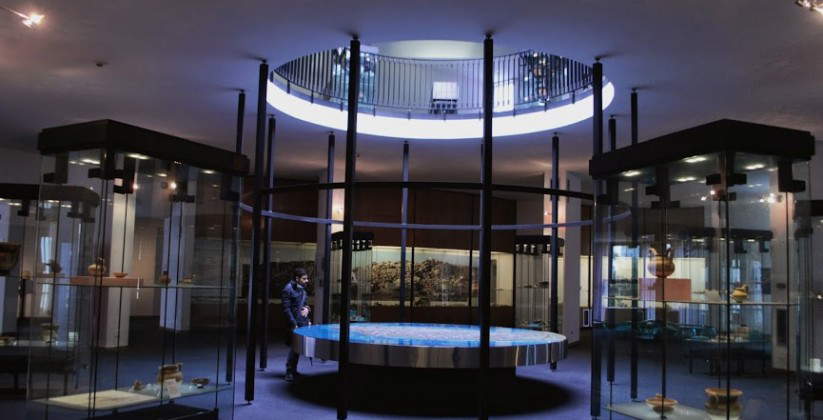
5. The Episcopio Castle in Grottaglie.
Right next to the ceramics district, in the heart of Grottaglie lies one of its best-known and most admired symbols. For centuries the Episcopio Castle was the symbol of the power of the Taranto bishops over these lands; today with its unmistakable profile, dominated by the massive inner tower, it continues to stand out above the town. Inside, the ancient stables house the Museum of Ceramics, which exhibits more than 500 works, dating from the eighth century B.C. onward, that tell the historical and artistic evolution of this ancient art that has always been so important and so central to the vicissitudes of Grottaglie.
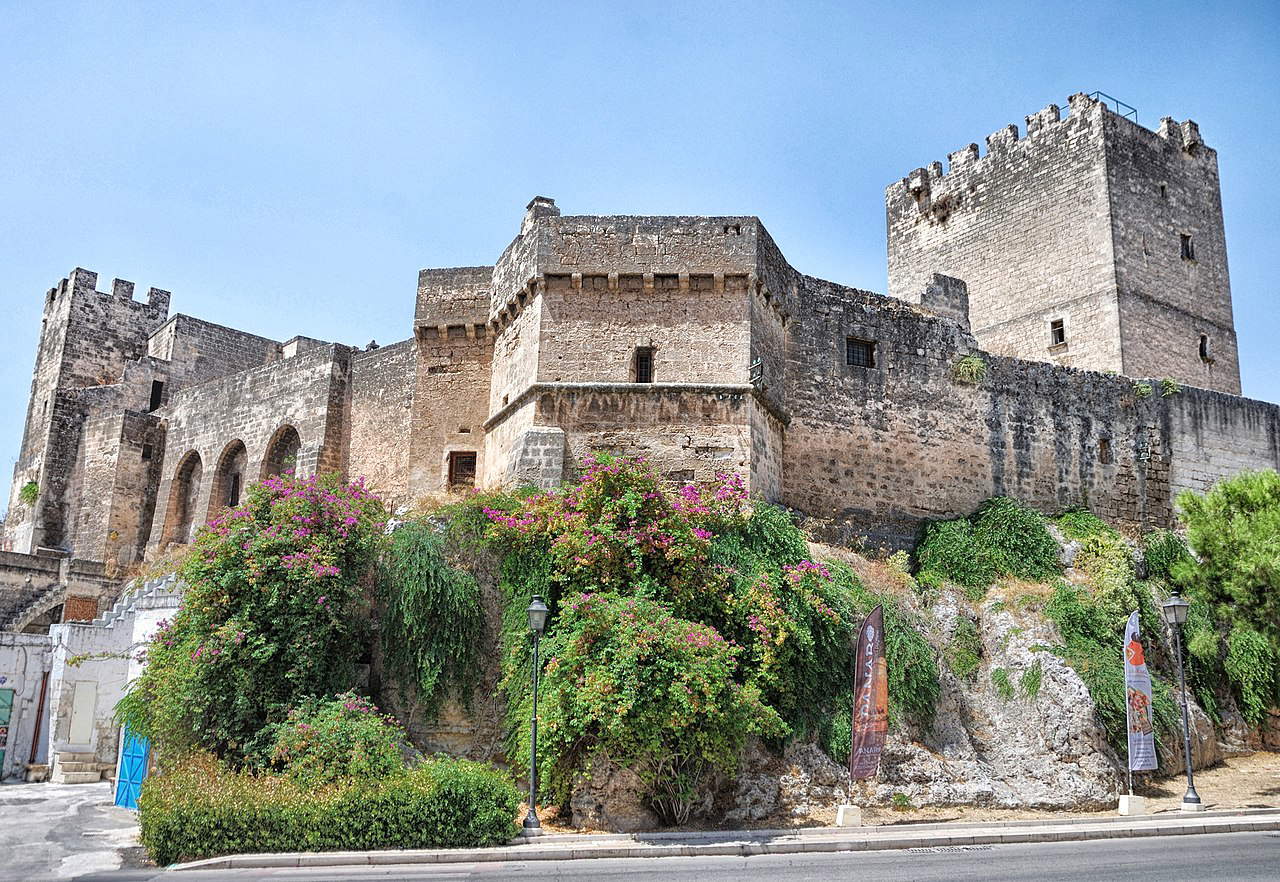
6. The basilica of St. Catherine of Alexandria in Galatina.
Forget the rich Baroque decorations that, from Lecce to Nardò, can be found in so many cities and towns of Salento, the charm of the basilica of Santa Caterina d’Alessandria in Galatina is of a different kind, but no less impressive. Dating back to the second half of the 14th century, the basilica is considered by many historians to be one of the most characteristic churches in southern Italy precisely because of its mixture of Romanesque and Gothic styles that alternate without one ever taking over the other. From the austere facade to the majestic interior, the basilica has much to offer art history lovers, especially thanks to the numerous frescoes that adorn all the walls.
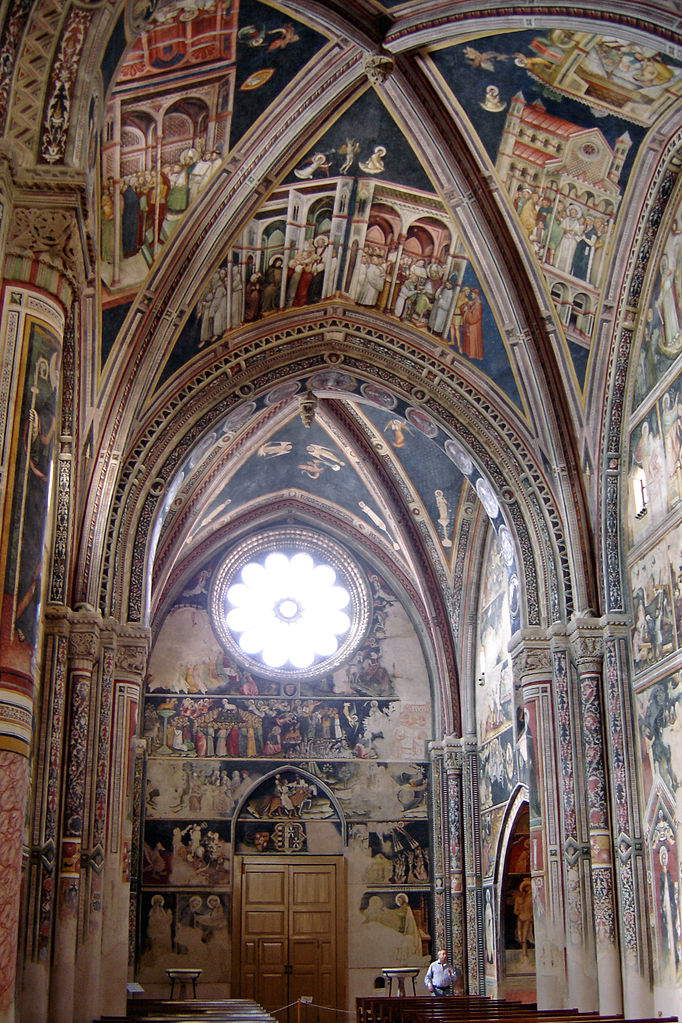
7. The Mother Church of Galatina
Also known as the Matrix Church or, more simply, the Cathedral, it is dedicated to the Apostles Peter and Paul and, although its origins are older, dates back to the first half of the 17th century. Built in Lecce stone, it follows the canons of the late Baroque style and stands imposingly above St. Peter’s Square. Inside one can admire numerous valuable frescoes including those adorning the vault that tell of the life of St. Peter as well as the various polychrome marble altars. Of particular interest is that of the ancient Chapel of the Sacrament, destroyed by the 1701 earthquake and rebuilt, where the statue of the Immaculate Conception can be admired.
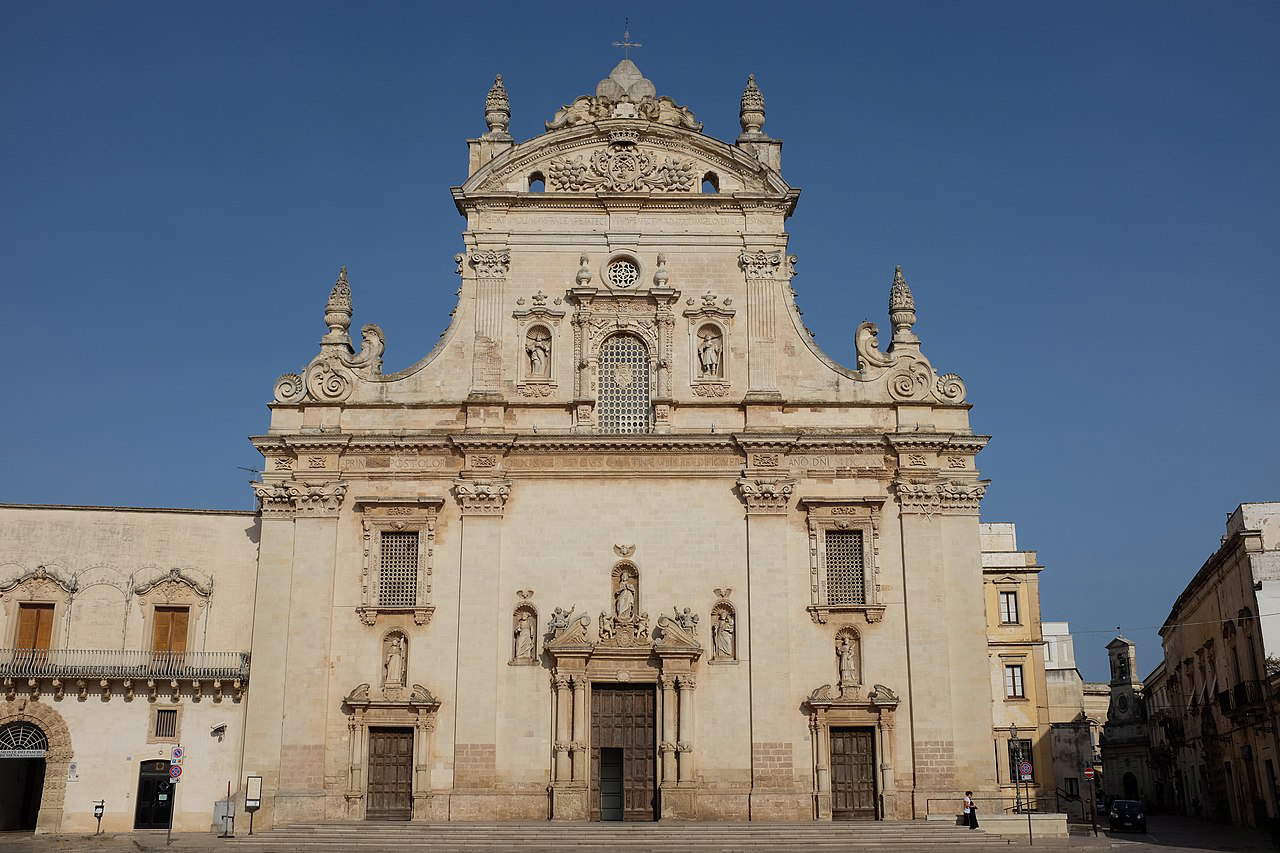
8. The churches of Nardò
Nardò is perhaps the place that best encapsulates the many facets of Salento. Here, just a stone’s throw from the Ionian coast, lush nature rules not only by providing truly unique views, but at the same time also by enhancing and protecting the many treasures preserved within the town. Nardò can boast some of the best examples of Lecce Baroque that can be discovered simply by walking through its characteristic streets. There are so many churches and monuments that embellish the historic center of what is considered the “jewel city of Apulia,” among them it is impossible not to mention the Cathedral of Santa Maria Assunta with its splendid cycle of frescoes, the church of San Domenico and that of the Madonna del Carmine.
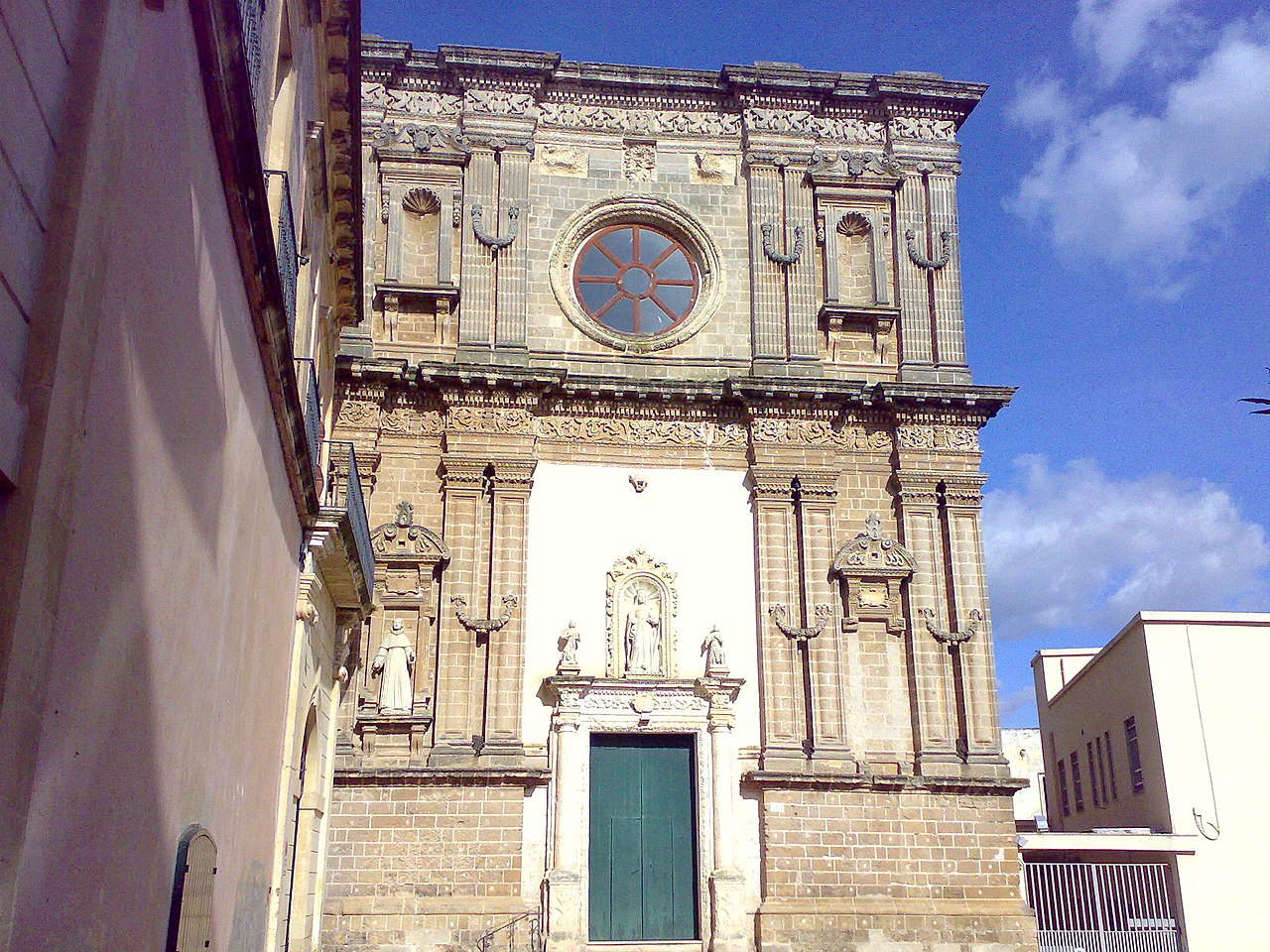
9. Ostuni
The white city reflected in the crystal-colored sea. Picturesque, enchanting, evocative, whatever adjective one chooses to define Ostuni will always, however, be reductive to convey the feeling one gets the first time one walks through the maze of streets that form its historic center. Almost as if it were an Arab casbah so intricate is its design, Ostuni’s old town is full of narrow streets and small squares framed by houses with white lime walls. This is only an apparent lack of color, however, because the white walls actually manage to illuminate and enhance everything they have next to them, from flower pots to craft store signs.
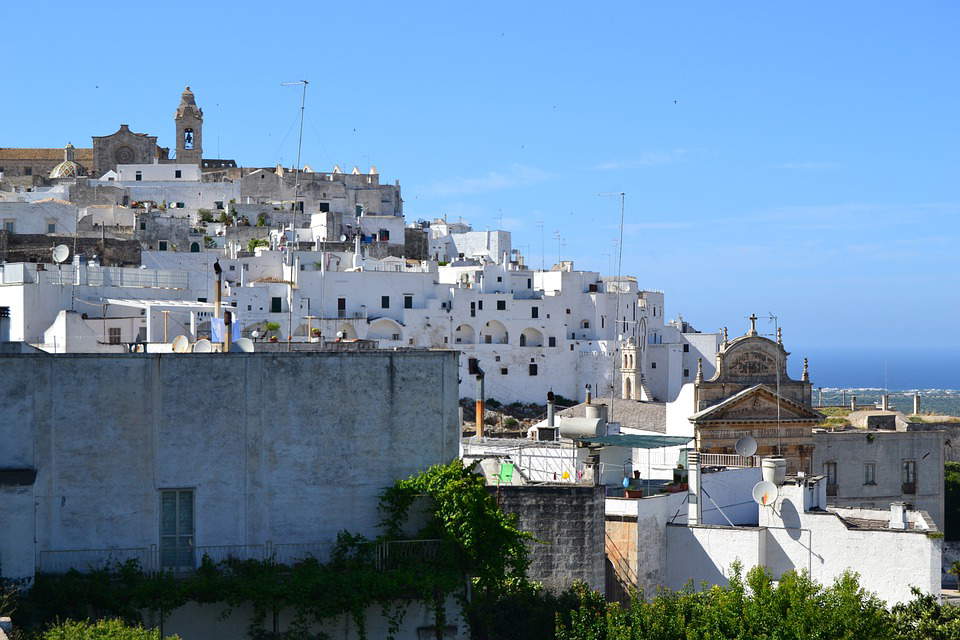
10. Otranto Castle.
This imposing Aragonese fortress dominates the town and offers 360-degree views of both the coast and the interior. Made famous by Horace Walpole’s 1764 novel of the same name, Otranto Castle is one of the most visited places in the entire Salento region. The castle is bordered on all sides by a deep moat that is crossed at the entrance by a bridge, now with a stone arch, but probably originally of the drawbridge type. Inside are housed various exhibits that, from the basement to the top floor, are dedicated to local history and art, the work of Walpole, the first Gothic novel in history, and much more.
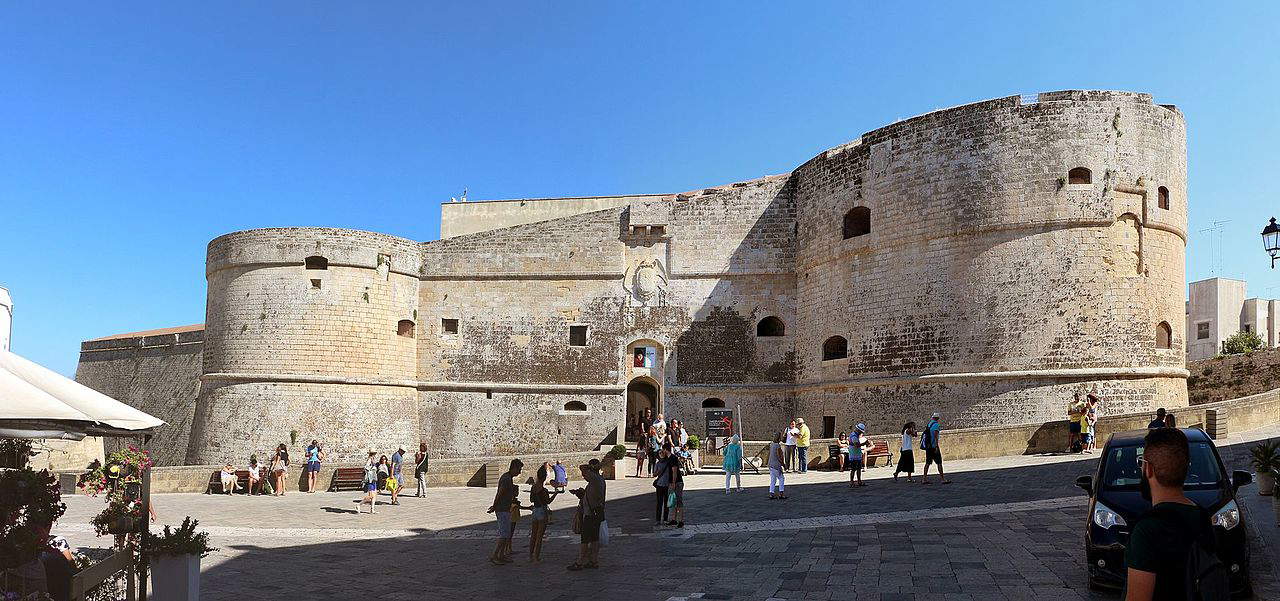
 |
| Salento, what to see: 10 places to visit in and around Lecce |
Warning: the translation into English of the original Italian article was created using automatic tools. We undertake to review all articles, but we do not guarantee the total absence of inaccuracies in the translation due to the program. You can find the original by clicking on the ITA button. If you find any mistake,please contact us.



























